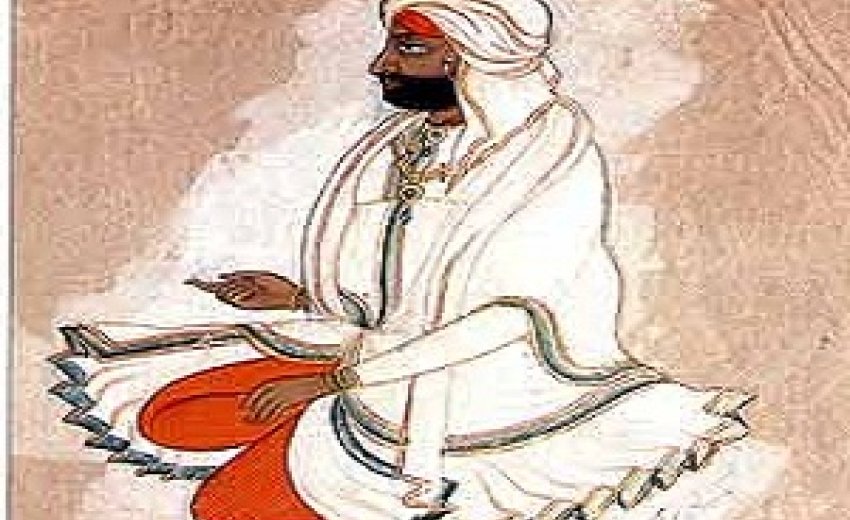The Punjab Heritage and Tourism Promotion Board (PHTPB) has finally woken up to conduct an extensive survey on the remains of the “Majitha fort” — discovered by conservation-architects from Guru Nanak Dev University (GNDU) a few months ago.
After sitting on a report submitted by GNDU scholars over six months ago, the Board has decided to send expert teams to conduct studies on the fort that had supposedly come up during the time of Maharaja Ranjit Singh. Only the ground foundation of the fort is left near Majitha town, 25 km from Amritsar.
Under criticism for not doing anything so far about the “discovery”, PHTPB Director Hussan Lal said: “‘We have the initial reports with us and are in the process to start the surveys.” He, however, was non-committal on when these teams would be dispatched and who all will be a part of the teams.
Dr Sarbjot Singh Behal, Professor at Department of Architecture in GNDU said that conservator scholar and lecturers — Rawel Singh and Rachanpuneet Singh — who had worked on the historic Gobindgarh Fort, had led the team that undertook excavations tracing the remains of a fort. “The fort is likely to have been built in early 18th Century. Our team has all the evidence to show that the fort was built by the powerful Majithia clans, who had close links with Maharaja Ranjit Singh. Immediate steps should be taken to protect the remains,” said Behal.
The fort stands on a huge foundation on a clear land and the architecture designs and constructions — with a double layer of moat, which runs parallel to the site — is an example of this being a fort built in the early 18th century, he added.
 The scholars found this foundation while looking for a police station built in 1937 by the British. At first, they thought the fort’s raised platform to be a police station, but later they found that it was actually the fort of Majitha, which had livid references in the history of Punjab, said Behal.
The scholars found this foundation while looking for a police station built in 1937 by the British. At first, they thought the fort’s raised platform to be a police station, but later they found that it was actually the fort of Majitha, which had livid references in the history of Punjab, said Behal.
Revenue records also hint towards the fact that it may be built by the ancestors of the great Sikh warrior Hari Singh Nalwa, said Rachanpuneet Singh. “So, prominent are the features that the outlines are visible even on Google Earth. Excavations and more surveys are needed to get more details,” he added.
State Indian National Trust for Art and Cultural Heritage (INTCACH) Convener Dr Sukhdev Singh said the body, which is already listing heritage sites in rural areas, will send a team of experts to conduct a survey of the area.
He, however, questioned inaction on part of the state government’s archeological department on GNDU’s report.
“Even after the tremendous work was done by GNDU scholars, neither the government nor the Archeological Survey of India has made any concrete efforts to preserve the historic fort. As an NGO, we are ready to provide expertise. Instead of holding meetings, the government must resort to serious business and preserve the site,” said Dr Sukhdev.

